Photograph Collection Showcases the Experiences of Native Students and Professionals in STEM
A collection of photographs created by Native students and professionals features supports and barriers they experience in STEM. The exhibition is part of an NSF-funded study that also includes quotes by participants to contextualize the images.
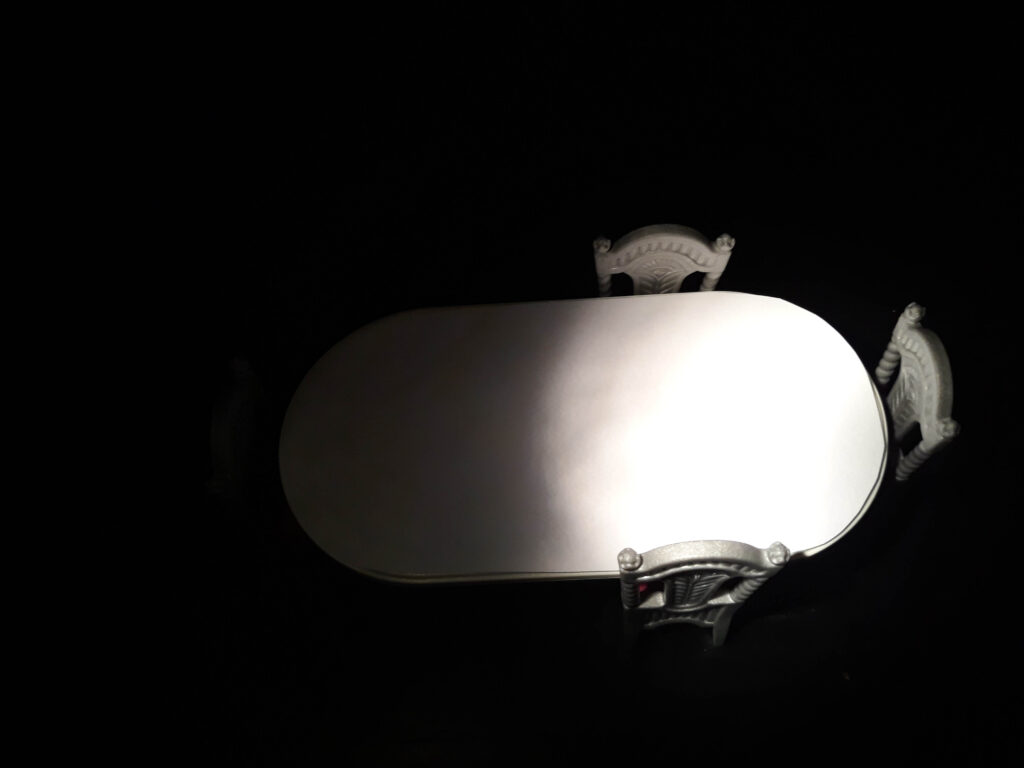
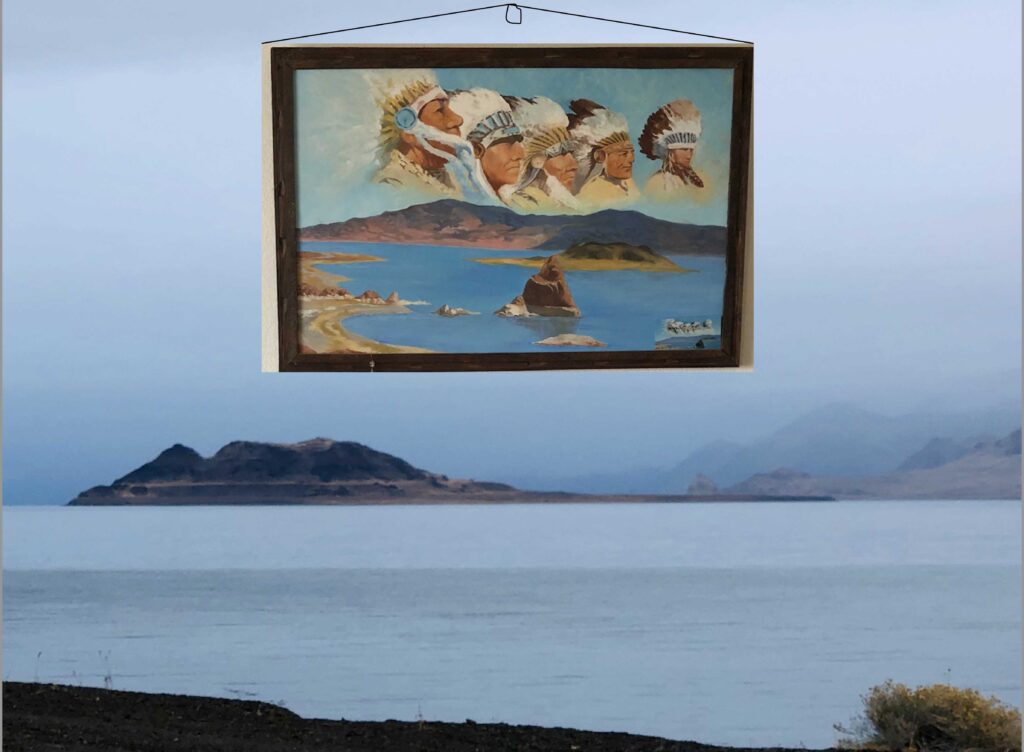
The Native STEM Portraits Photo Exhibition will be on display at the American Indian Science and Engineering Society (AISES) 2022 Conference in Palm Springs, CA, October 6th-8th, 2022. The photo exhibition explores the experiences of Native undergraduate students, graduate students, and faculty/professionals in science, technology, engineering, and mathematics (STEM). It will feature 16 photos from participants based on a study conducted by researchers from TERC, AISES, and the University of Georgia. These photos were submitted to the study in response to questions related to the supports and barriers they encounter as Native scientists as well as their interpretation of how their Native and STEM identities intersect to influence their experiences. Captions or quotes from participants will be included with each photo to illustrate what the participants were thinking about or feeling as they created the images.
Photos for the exhibition were selected to represent as many genders, tribal affiliations, career levels, and STEM disciplines as possible while covering many topics including: Native identity as a source of pride; the importance of giving back and Nation building for Native students’ and professionals’ persistence in STEM; a lack of sense of belonging in the institutions where they studied or worked; the financial barriers they experienced to continue their studies; the impact of the erasure of Native people; and the tension between Native ways of knowing and Western science. To protect the identities of the participants, pseudonyms are used.
Dr. Maria Ong, the study’s Principal Investigator from TERC, shared that “The combination of photos and quotes powerfully demonstrate the strength and resilience of Native scientists that is often ignored in STEM spaces. We cannot wait for others to see these beautiful photos that we are sure will resonate with their own experiences.”
Dr. Matthew Madison, a Co-Principal Investigator of the study from UGA, noted that “The data indicate that Native students and professionals have unique experiences and motivations for pursuing and persisting in STEM. We hope that this project provides actionable insights for institutions and organizations.”
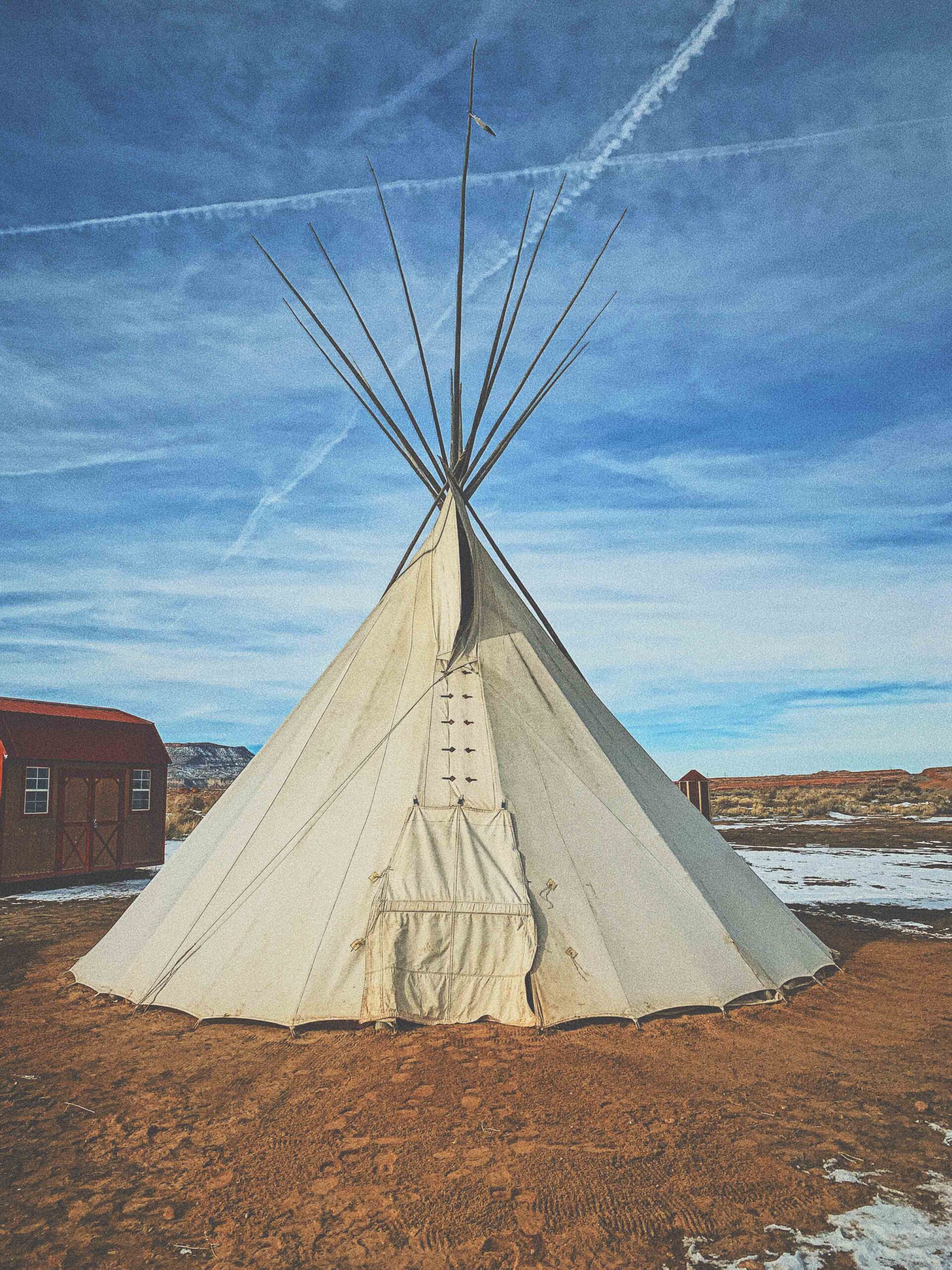
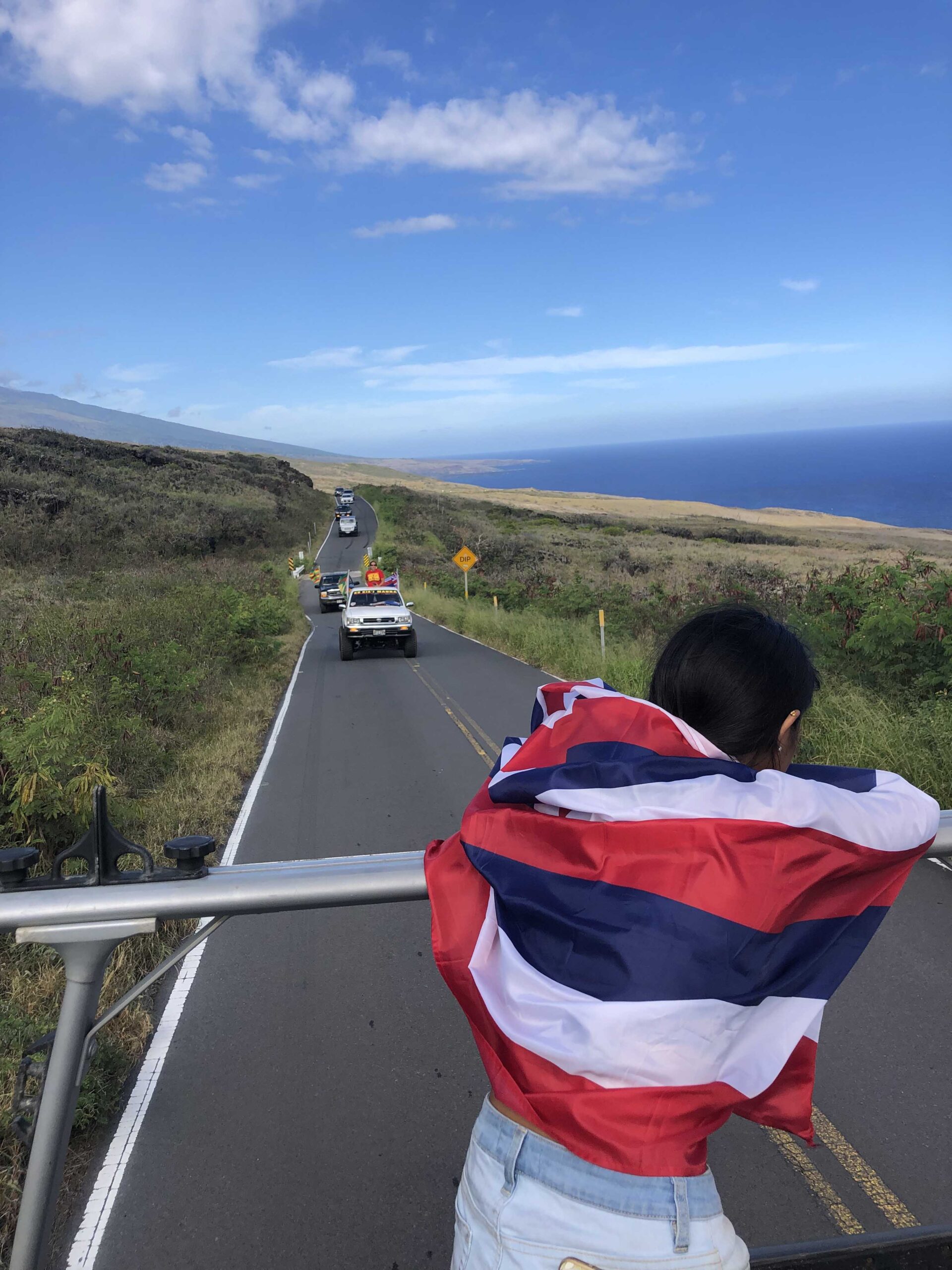
Even Larry Hart, the framer of the photographs at Creative Eye Framing and Gallery, Inc., based in Denver, CO, shared that “The photo and text of ‘Me Being Me’ was the most impactful for me. As I was framing [the photos], I had tears streaming down my face! … The story of Oleander being all alone in the field was heartbreaking and his dedication to making things better for others really moved me.”
The Native STEM Portraits study team hopes that institutions will be encouraged by the exhibition to provide greater financial and academic resources to Native undergraduate and graduate students as well as intentional professional development and mentoring for Native professionals in STEM.
Attendees are welcome to visit the exhibition at the AISES Annual Conference at Palm Springs, CA, October 6th–8th. The exhibition will travel to institutions serving Native students and professionals across the country. For updates on where and when it will be shown next, please check the project’s web page at https://www.terc.edu/projects/native-stem-portraits/ .
About the project
The Native STEM Portraits project is a longitudinal study that seeks to investigate the experiences and stories of Native STEM students, faculty, and other professionals in order to identify and make visible how they encounter, navigate, respond to, and are changed by the cultures, systems, and processes that either support or hinder the persistence of Native individuals in STEM higher education. The project particularly focuses on the fields of computer sciences and engineering; biological sciences; and mathematics, physics, and earth sciences. It is funded by the National Science Foundation under the HRD-ECR Core program under award number 2000619.
Contact:
Maria Ong, PhD
Senior Research Scientist
TERC
Principal Investigator of Native STEM Portraits Study
Maria_ong@terc.edu
Tiffany Smith, PhD
Cherokee and Muscogee Nations
Director of Research and Career Support
AISES
Co-Principal Investigator of Native STEM Portraits
Tsmith@aises.org
Matthew Madison, PhD
Assistant Professor
Department of Educational Psychology, University of Georgia
Co-Principal Investigator of Native STEM Portraits
Mjmadison@uga.edu
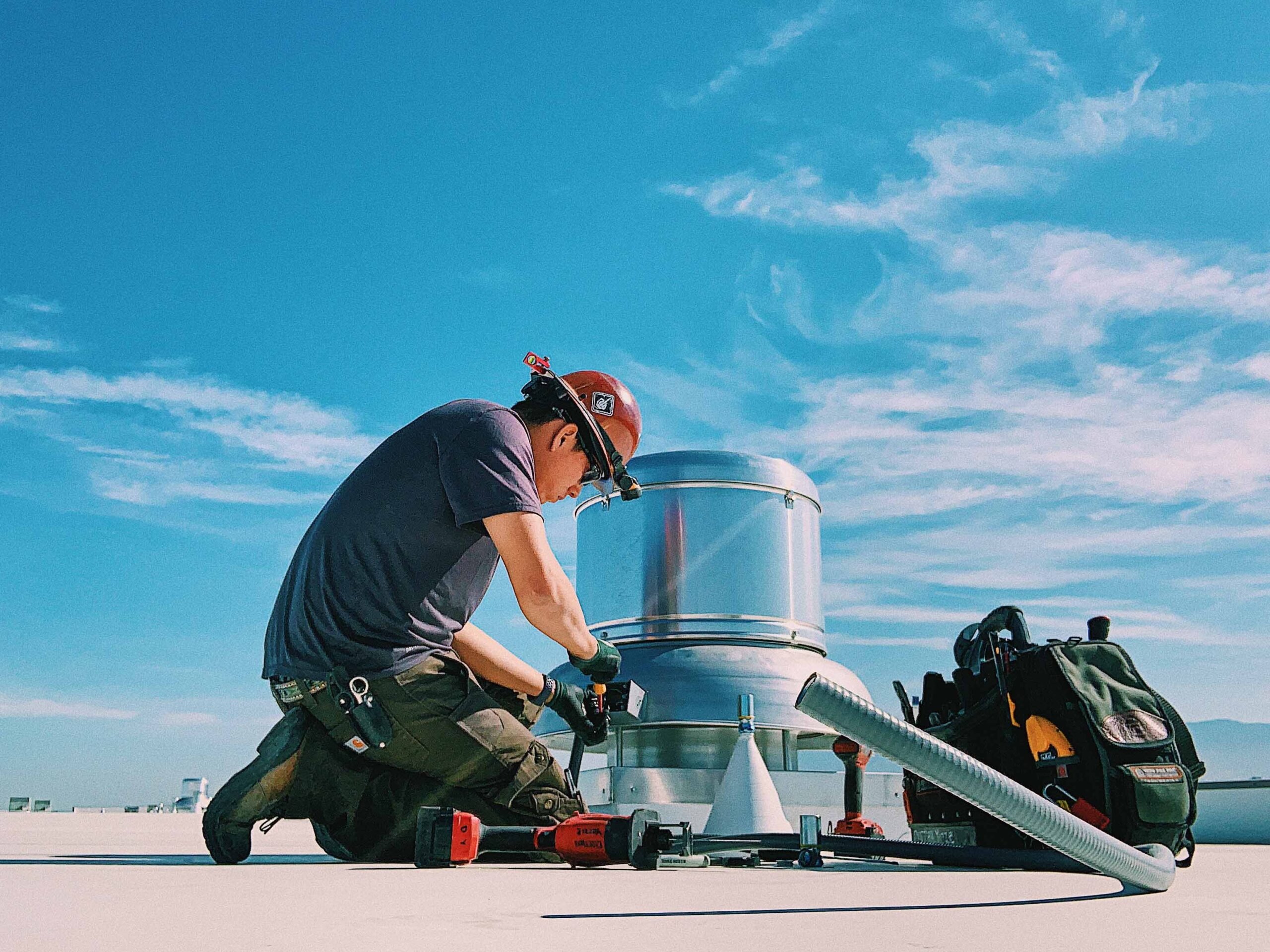

***
TERC is a not-for-profit made up of teams of math and science education and research experts dedicated to innovation and creative problem solving. At the frontier of theory and practice, TERC’s work encompasses research, content and curriculum development, technology innovation, professional development, and program evaluation. TERC has a passion for social justice and strives to create level playing fields for all learners, reaching more than three million students every year. To learn more, please visit www.terc.edu.
The American Indian Science and Engineering Society (AISES) is a national nonprofit organization focused on substantially increasing the representation of Indigenous peoples of North America and the Pacific Islands in science, technology, engineering, and math (STEM) studies and careers.
The University of Georgia is a land-grant and sea-grant university and Georgia’s oldest and most comprehensive institution of higher education. Its motto, “to teach, to serve, and to inquire into the nature of things,” reflects the University’s integral role in the state and nation’s intellectual, cultural, and environmental heritage.
